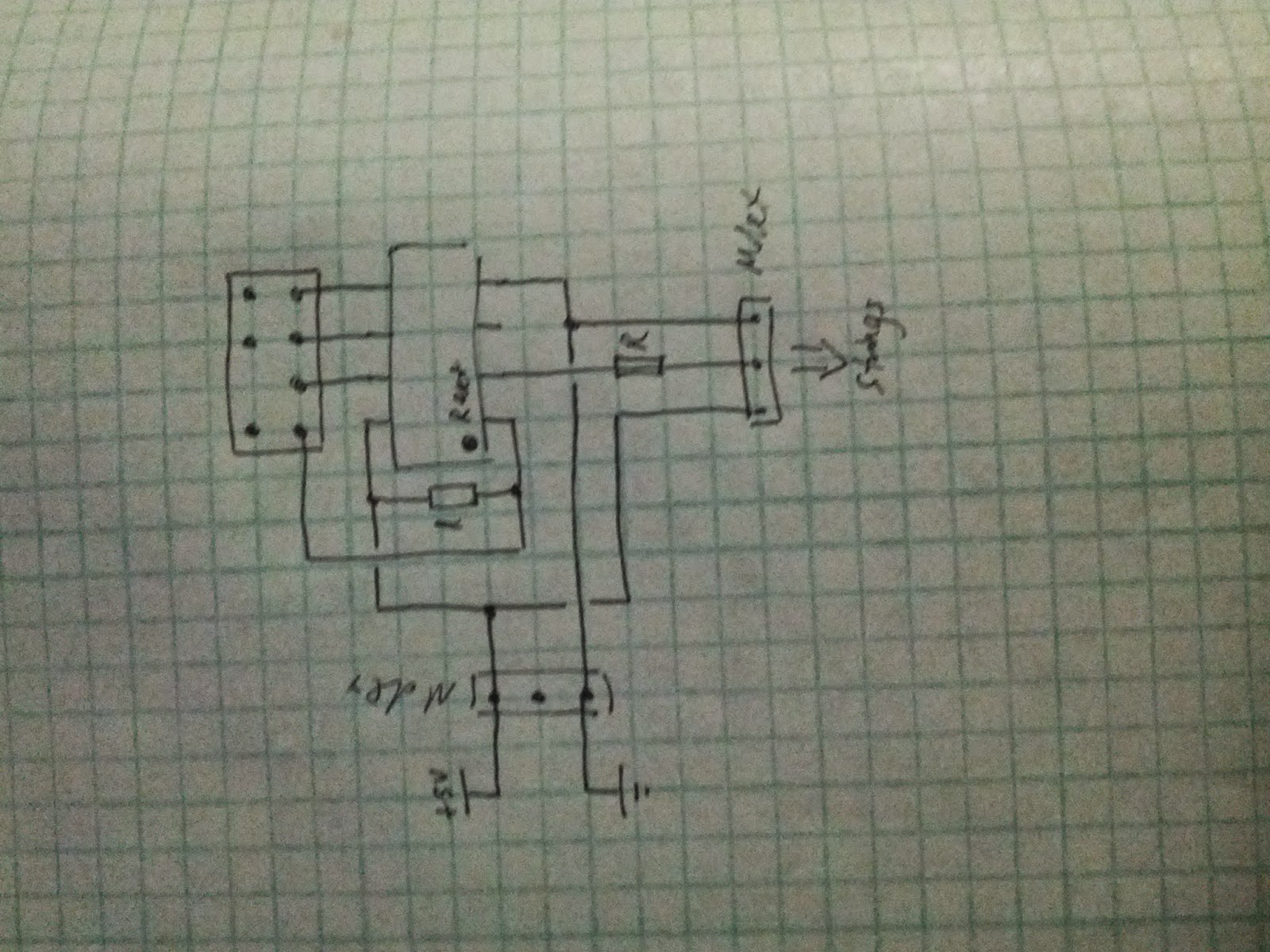A bunch of great stuff got done at the build-out yesterday. A huge thanks to everyone that came out to pitch in!
Here are some pictures to recap the projects... Randy's team hung the curtain to the workshop to create more of a barrier between the front of the house and back of the house and to control dust levels a bit more. We'll be finishing the top of the wall soon, but the hard part's already done. Karen, Donald, Tom, Violet, and James framed the doorway to the Media Lab and Bio Lab and hung the door for that area. Next step is AC!
Michelle and Mary's team cleaned out project storage and moved the shelves over so that Neils could put the flammability cabinets in that area. That allowed all of us with the help of Adam and Nathan to clean up the workshop and really tidy up. They also sorted out all of the laser cutter raw materials and cut them down to a usable size on the table saw.
For the portal clouds, JW, Nathan, and Kat rolled an awesome $1 solution for controlling the WS2812 clouds with an attiny and a programming header. The schematics and board layout are included too. We used highlowtech's guide to programming the Attiny85s with the help of an instructables for driving LEDs with them that provided some supplemental information. There was an issue with setting the fuse in the ATTiny to get the timing right that we ended up having to use avrdude to change manually. Maybe that had something to do with us using the internal clock or the ATTiny-10... Anyway, more clouds coming soon :)
Thanks again to everyone who came and I'm looking forward to the next one!









Comments
Post a Comment